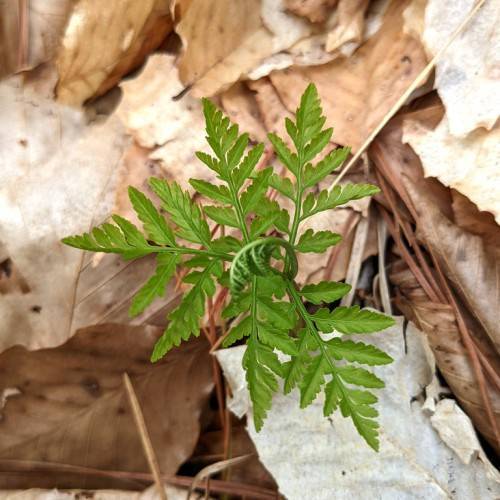
Rattlesnake Fern
Botrypus virginianus
Watering:
Average
Hardiness Zone:
Sun:
part shade,full shade
Growth Rate:
Low
Care Level:
Medium
watering
Waterton Moonwort should be watered once or twice a week depending on the season and the environment. In pot-like situations, water until the soil is moist from 5 to 20 cm deep. During the summer months, increase watering and make sure the soil does not dry out. In the winter months, reduce watering to make sure the soil does not become waterlogged. Keep the soil lightly moist and avoid overwatering. If possible, use room temperature water and avoid cold water since cold water can shock the plant. When watering, water from the top of the soil and allow the water to trickle through the deep root system.
sunlight
Waterton Moonwort (Botrychium x watertonense) requires full to partial shade and moist, nutrient-rich soil for optimal growth. This plant species prefers bright, indirect sunlight and generally should be kept out of direct sunlight in the early morning or late afternoon. When it comes to the frequency of sunlight for this particular species, it is best for the plant to receive 8-10 hours of sunlight daily. This means that during the summer months, the plant should get direct sunshine for most of the day, but some shaded periods dispersed throughout will also be beneficial. During the winter months, however, when the days are shorter and naturally less sunny, the Waterton Moonwort should only receive 6-8 hours of direct sunlight per day.
pruning
Waterton Moonwort is a very low-maintenance and slow-growing species of plant. Pruning this plant is not necessary. The plant's fronds should never be cut or removed by more than 1/3 of their length. Additionally, if the fronds are turning brown and look unhealthy, it may be beneficial to trim them away. Pruning should only occur in the spring or fall season—not in mid-summer or winter when temperatures can cause additional stress to the plant. It is important to use clean, sharp pruning shears or scissors in order to avoid any accidental damage to the plant. In general, it's best to prune Waterton Moonwort sparingly and at the end of the growing season.
